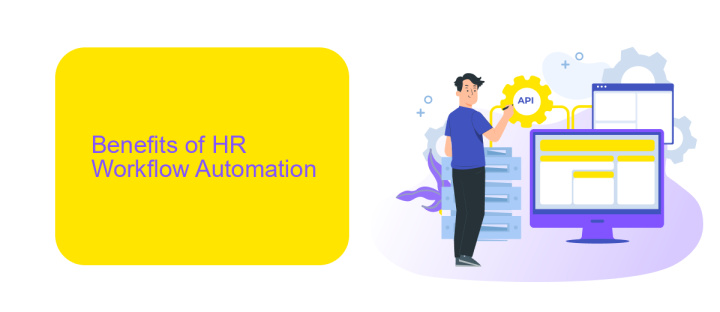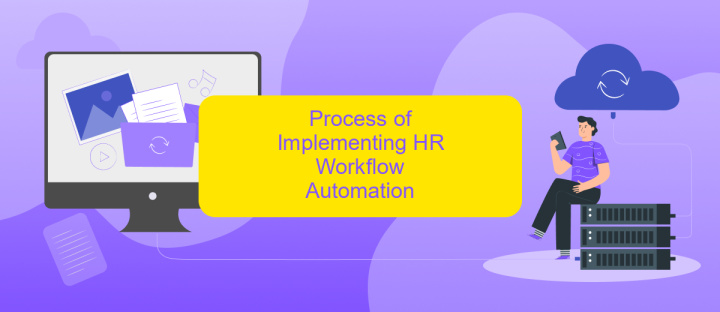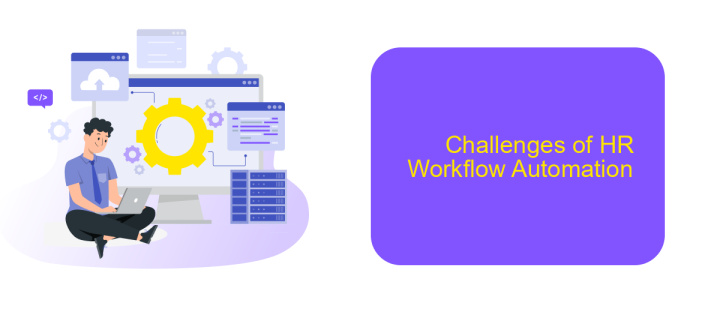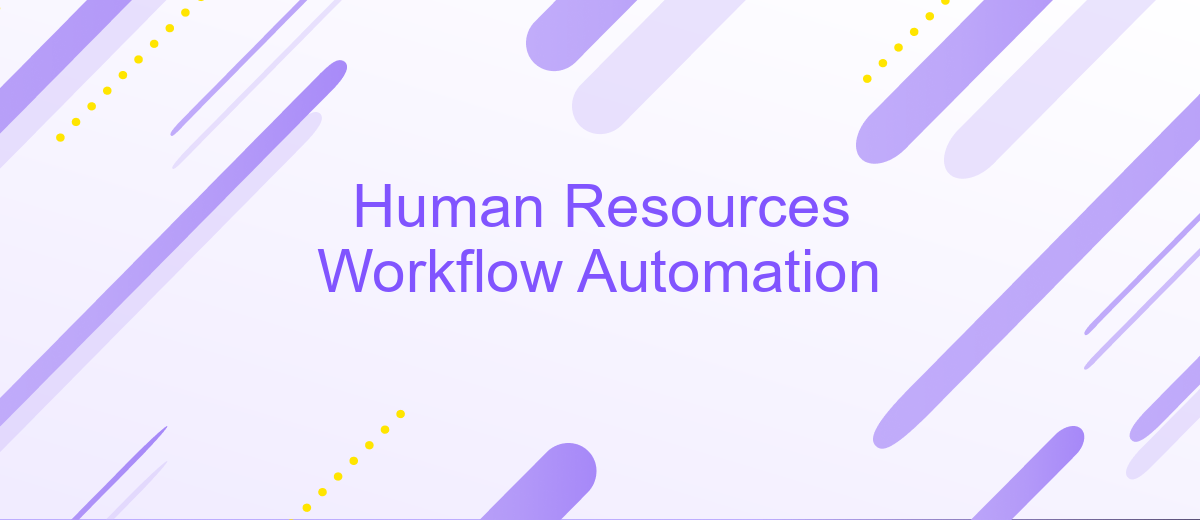Human Resources Workflow Automation
In today's fast-paced business environment, Human Resources (HR) departments are increasingly turning to workflow automation to streamline processes and enhance efficiency. By automating routine tasks such as recruitment, onboarding, and performance management, HR professionals can focus on strategic initiatives that drive organizational growth. This article explores the benefits and implementation strategies of HR workflow automation, offering insights into its transformative potential.
Introduction
Human Resources Workflow Automation is revolutionizing the way organizations manage their HR processes. By automating repetitive tasks and streamlining complex workflows, companies can significantly reduce manual effort, minimize errors, and enhance overall productivity. This technological advancement is not just a trend but a necessity for businesses aiming to stay competitive in today’s fast-paced environment.
- Improved efficiency and productivity
- Reduction in operational costs
- Enhanced accuracy and compliance
- Better employee experience
Integrating various HR systems can be a daunting task, but services like ApiX-Drive simplify this process. ApiX-Drive allows seamless integration between different software applications, enabling smooth data flow and communication. This ensures that all HR-related data is synchronized and accessible, providing a unified platform for better decision-making and strategic planning. Automation in HR is not just about technology; it's about transforming how businesses operate and thrive.
Benefits of HR Workflow Automation

HR workflow automation significantly enhances efficiency by streamlining repetitive tasks, such as employee onboarding, leave requests, and performance evaluations. By automating these processes, HR teams can focus on more strategic activities, such as talent development and employee engagement, thereby increasing overall productivity. Additionally, automation reduces the likelihood of human errors, ensuring data accuracy and compliance with regulatory requirements.
Another major benefit of HR workflow automation is the seamless integration with other business systems. Tools like ApiX-Drive facilitate the integration of various HR software, enabling smooth data flow between different platforms. This not only saves time but also ensures that all relevant information is up-to-date and easily accessible. Consequently, decision-making becomes more informed and timely, contributing to better workforce management and improved organizational outcomes.
Process of Implementing HR Workflow Automation

Implementing HR workflow automation is a strategic process that can greatly enhance efficiency and accuracy within an organization. The first step involves identifying repetitive and time-consuming tasks that can be automated, such as employee onboarding, leave requests, and performance evaluations. Once these tasks are identified, it is crucial to select appropriate software tools that align with the company’s needs.
- Identify tasks suitable for automation.
- Select appropriate automation tools.
- Integrate these tools with existing HR systems.
- Train HR staff on using the new systems.
- Monitor and optimize the automated processes.
Integrating these tools with existing HR systems is a critical step. Services like ApiX-Drive can facilitate seamless integration, ensuring that data flows smoothly between different platforms. Training HR staff on the new systems is also essential to ensure that they are used effectively. Finally, continuous monitoring and optimization of the automated processes will help in achieving long-term success and efficiency.
Challenges of HR Workflow Automation

Implementing HR workflow automation presents several challenges that organizations must navigate to ensure a smooth transition. One of the primary hurdles is the integration of various HR systems and tools. Ensuring that these systems communicate effectively can be complex and time-consuming.
Another significant challenge is data security and privacy. As HR processes involve sensitive employee information, maintaining the confidentiality and integrity of this data is paramount. Organizations must implement robust security measures to protect against data breaches and unauthorized access.
- Complexity of system integration
- Data security and privacy concerns
- Resistance to change from employees
- Cost of implementation and maintenance
Services like ApiX-Drive can help mitigate some of these challenges by providing seamless integration solutions for various HR systems, reducing the complexity and time required for setup. However, organizations still need to address the human aspect of automation, ensuring that employees are adequately trained and supported throughout the transition.
Conclusion
In conclusion, automating Human Resources workflows offers significant advantages, including increased efficiency, reduced errors, and enhanced employee satisfaction. By streamlining repetitive tasks and integrating various HR processes, organizations can focus on strategic initiatives that drive growth and innovation. The adoption of automation tools not only saves time and resources but also ensures compliance with regulatory requirements, ultimately fostering a more productive work environment.
Moreover, leveraging integration services like ApiX-Drive can further enhance the automation process by seamlessly connecting different HR systems and applications. This allows for real-time data synchronization and improved communication across departments. As businesses continue to evolve, the importance of adopting advanced HR automation solutions becomes increasingly evident, paving the way for a more agile and responsive organizational structure.
- Automate the work of an online store or landing
- Empower through integration
- Don't spend money on programmers and integrators
- Save time by automating routine tasks
FAQ
What is Human Resources Workflow Automation?
How can HR workflow automation benefit my organization?
What types of HR tasks can be automated?
How do I start implementing HR workflow automation in my company?
Is it necessary to have technical expertise to set up HR workflow automation?
Routine tasks take a lot of time from employees? Do they burn out, do not have enough working day for the main duties and important things? Do you understand that the only way out of this situation in modern realities is automation? Try Apix-Drive for free and make sure that the online connector in 5 minutes of setting up integration will remove a significant part of the routine from your life and free up time for you and your employees.


